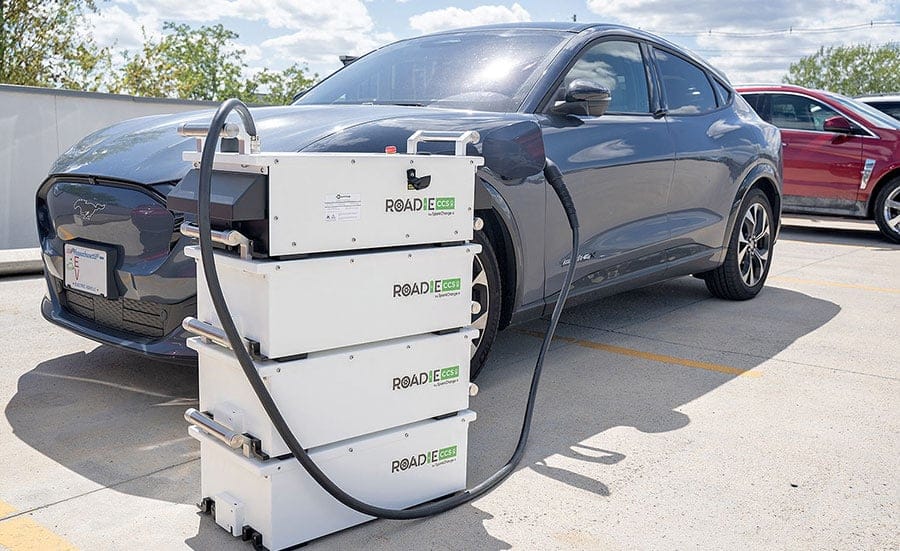As the demand for electric vehicles (EVs) grows, roadside assistance providers must adapt to support these vehicles effectively. One of the key challenges is managing the charging needs of an EV fleet while maintaining service efficiency and minimizing costs. This guide outlines essential strategies for optimizing EV fleet charging, helping roadside assistance providers deliver reliable and efficient services to their customers.
Discover essential EV fleet charging strategies for roadside assistance providers. Learn how to optimize your charging infrastructure, reduce costs, and improve service efficiency.

1. Establish a Robust Charging Infrastructure
A reliable charging infrastructure is the backbone of any EV fleet operation. Roadside assistance providers need to ensure that their infrastructure can support the demands of their fleet.
Invest in High-Capacity Chargers
To minimize downtime and maximize fleet availability, invest in high-capacity chargers that can quickly replenish vehicle batteries. Consider a mix of Level 2 chargers for regular use and DC fast chargers for quick top-ups.
Strategic Charger Placement
Place chargers at strategic locations to reduce the distance vehicles must travel to recharge. Focus on locations that are central to your service area and close to major routes to ensure quick access for your fleet.
2. Implement Smart Charging Practices
Smart charging practices can significantly reduce energy costs and improve fleet efficiency. Implementing these practices allows you to manage charging schedules and energy consumption effectively.
Utilize Time-of-Use Rates
Take advantage of time-of-use (TOU) rates offered by utility companies, which charge lower rates during off-peak hours. Schedule the majority of your fleet charging during these periods to save on energy costs.
Load Management
Implement load management strategies to balance the power load across all charging stations. This helps prevent overloading the grid and reduces the risk of power outages.
3. Monitor Fleet Charging Performance
Regular monitoring of your fleet’s charging performance is essential to identify inefficiencies and areas for improvement. Use data-driven insights to optimize your charging strategy.
Use Fleet Management Software
Invest in fleet management software that provides real-time monitoring of your charging stations and vehicles. This software can track energy usage, charging times, and vehicle availability, helping you make informed decisions.
Track Key Performance Indicators
Monitor key performance indicators (KPIs) such as average charging time, cost per charge, and vehicle downtime. Use this data to identify trends and adjust your charging strategy as needed.

4. Ensure Flexibility with Mobile Charging Units
Mobile charging units offer flexibility and can be a valuable addition to your roadside assistance operations. These units allow you to provide charging services directly to stranded EV drivers.
Deploy Mobile Units Strategically
Strategically deploy mobile charging units in areas with high EV traffic or where charging infrastructure is limited. This ensures that you can reach customers quickly and provide on-the-spot charging services.
Integrate with Your Fleet
Integrate mobile charging units into your fleet operations to support vehicles that are unable to reach a fixed charging station. This reduces downtime and enhances the overall efficiency of your service.
Conclusion
Optimizing EV fleet charging is crucial for roadside assistance providers looking to maintain service efficiency while supporting the growing number of electric vehicles on the road. By establishing a robust charging infrastructure, implementing smart charging practices, monitoring performance, and ensuring flexibility with mobile units, you can provide reliable and cost-effective services to your customers.
Call to Action
Ready to enhance your EV fleet charging strategy? Contact us today at [Your Contact Information] to learn more about our solutions and how we can help you optimize your roadside assistance services.

